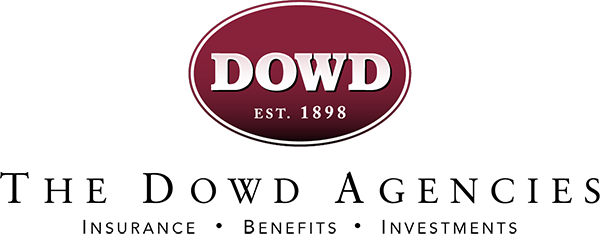Insurance buyers are both better educated about the insurance business and far more sophisticated in their insurance demands than ever before. Today, the buyer of insurance-whether an individual providing for a family’s needs or a risk manager of a corporation –knows that an integrated program of insurance protection consisting of property, casualty and liability, life and health insurance is needed. Liability, in particular, is an area that if not properly addressed can have an enormous impact on your company’s balance sheet.
Third Party Liabilities
There are many types of third-party liabilities that businesses should be covered against. In addition, to property loss and personal injury, businesses should be protected against claims such as damage to the property of others, allegations of false advertising, cyber liability and legal liability stemming from employment practices. In the event that a claim is filed against you, liability insurance will provide you with a legal defense. Should the judgment go against you, your liability insurance will pick up the tab for covered damages up to the policy’s limits. Keep in mind that liability insurance can also serve as the collateral needed to post a bond appeal. Without the ability to post a bond, however, your company will not be able to start the appeal process.
What’s Your Risk Level?
Evaluating your level of risk is a complex issue. Although young companies generally have a low level of risk, you should buy coverage with an eye toward the future. This is especially important if you are developing products with the potential to impact a large number of people. The greater the potential impact, the greater the possibility your company will find itself as the defendant in a class action lawsuit. Other factors you need to consider include the size of your company’s operations, geographic locations, industry trends, organizational structure, amount of capital at stake, you and your staff’s degree of experience and expertise in the field, and any general industry hazards.
Determining the amount of liability coverage you need should be considered a work in progress. A review of your risk analysis should be done periodically, perhaps at each renewal. You should also review your insurance needs whenever your business changes in size, diversifies into new markets, or relocates.
Risk Transfer Program
Preventing a claim from being brought against you or deflected to another party provides a great amount of protection to your company’s assets. The insurance industry calls this process risk transfer. The basic foundation to this concept is: a contract with your vendor or contractor requiring an additional insured clause (you, added to their policy), a hold harmless or indemnification clause, an insurance required section and a properly executed insurance certificate, evidencing the requested coverage. At the very least these requirements should be inserted in your purchase order agreements as part of the terms and conditions found on the reverse side.
By adopting the risk transfer program you have enabled an extra measure of protection to guard against claims and lawsuits. The other party responsible for the incident, leading to a claim, provides their insurance coverage first. Should their limits be exhausted then you can fall back on your program of insurance thereby increasing limits available to your business.
Why You Need the Insurance Certificate
Do not underestimate the importance of the insurance certificate. When properly completed it provides valuable information about the other party’s insurance limits, dates of coverage, name of the insurance carrier, policy form, types of policies, policy numbers, cancellation clauses and any special additions or changes in coverage as necessitated by the contract. It should be signed by the issuing insurance carrier or insurance agent evidencing that the form has been reviewed for proper completion. If any information is missing it should be promptly addressed and returned to the contractor, supplier or vendor for reissuance. Your accounting department or accounting manager should not pay any invoices relating to the contract until such evidence of coverage has been received by you.
Remember that any of the coverages on the certificate represents what is in force on the day the form is issued. You should have in place a procedure for an annual follow up for reissuing the certificate. Coverages may be different should your vendor or contractor change insurance carriers at their renewal date.
Be sure to require your insurance representative to annually review your program of insurance. Today’s business climate often necessitates change to adjust to the economy. With good communication your agent should adopt your program for proper coverage and premium.
